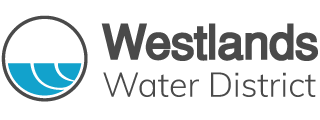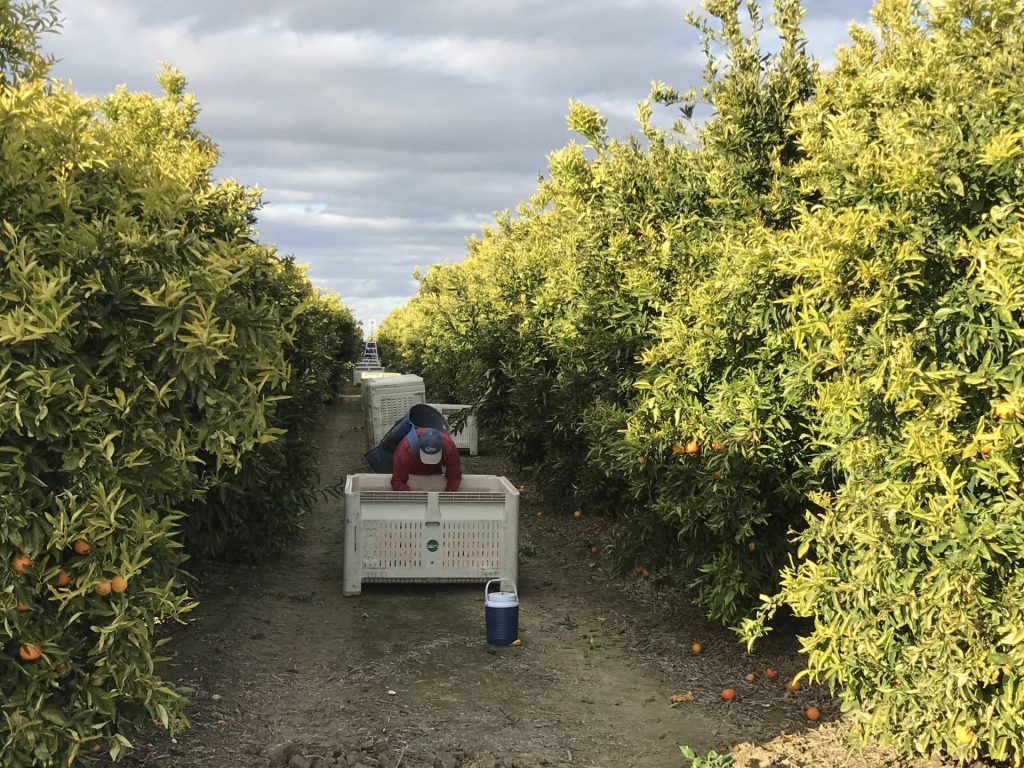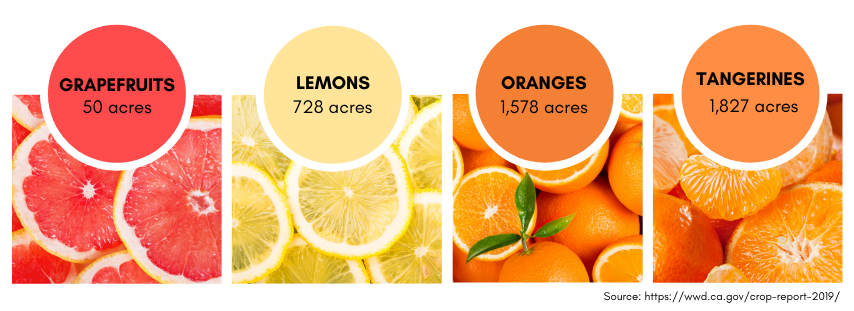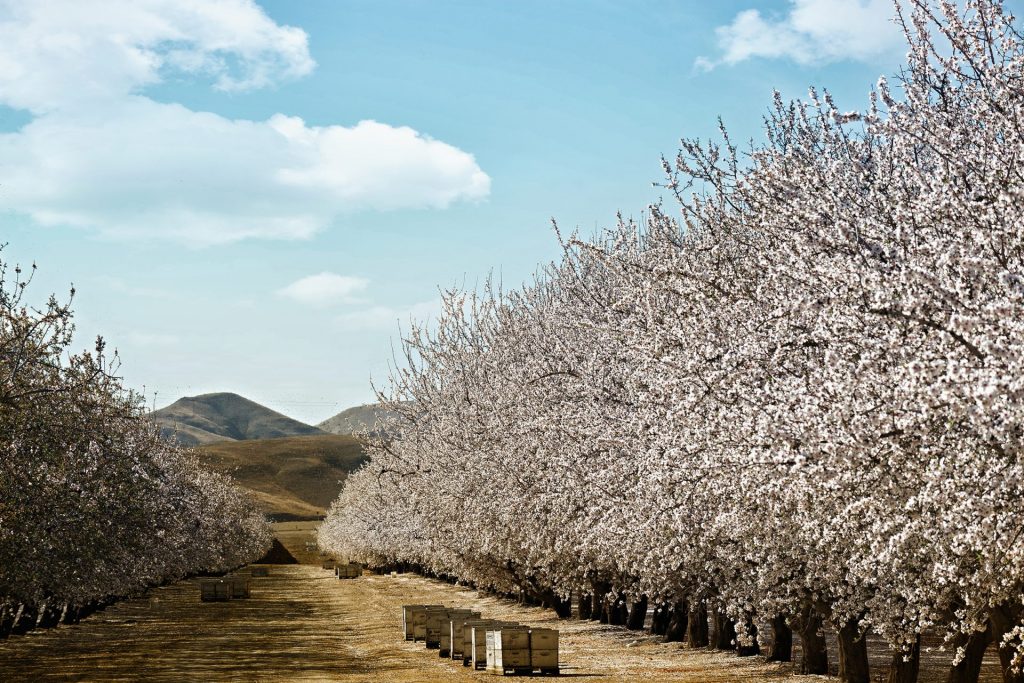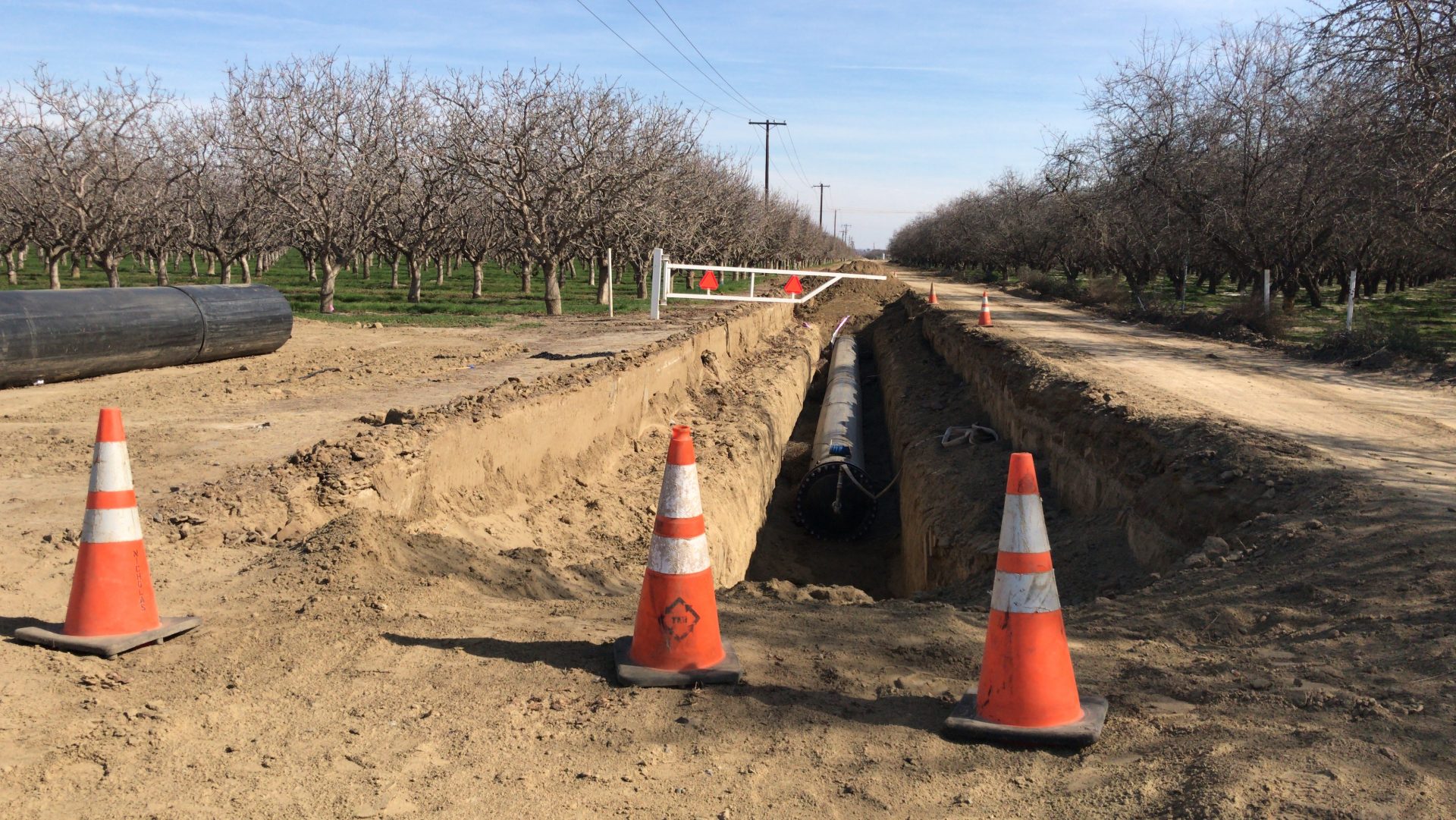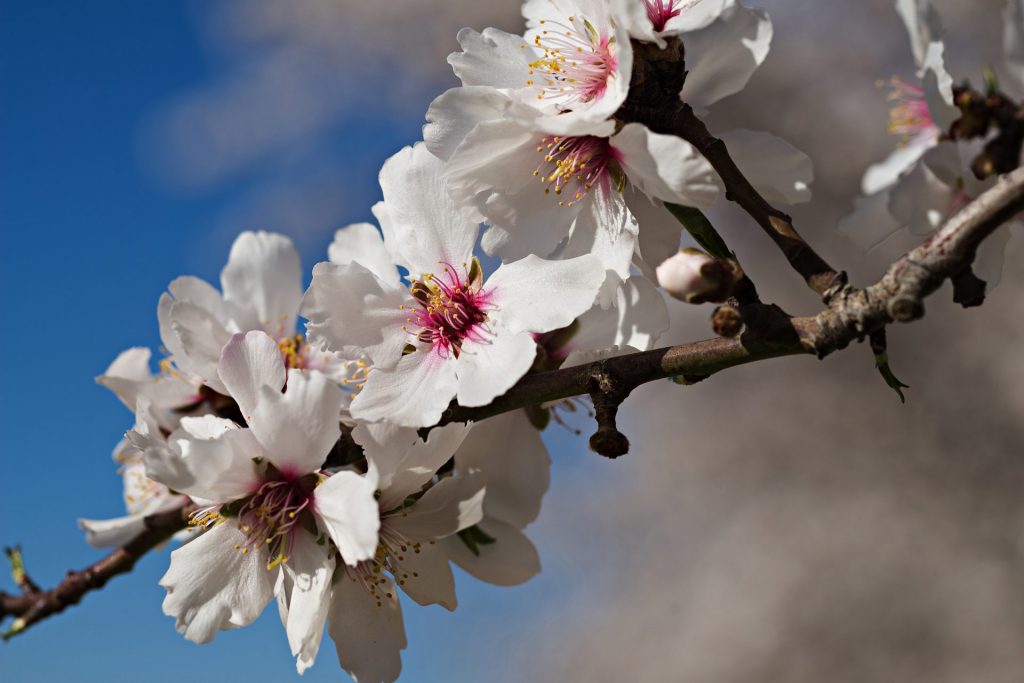
August 18 marked the 59th anniversary of the groundbreaking ceremony for San Luis Dam, during which then-President John F. Kennedy stressed the importance of California’s water and water infrastructure. He said:
“Progress represents the combined will of the American people, and only when they are joined together for action, instead of standing still and thinking that everything that had to be done has been done. It’s only when they join together in a forward movement that this country moves ahead and that we prepare the way for those who come after us…”

Last week, Westlands Water District General Manager Tom Birmingham joined State Senator Melissa Hurtado (D-Sanger) and others to celebrate the anniversary of the groundbreaking and express support for the continued investment in our state’s water infrastructure – just as President Kennedy did nearly six decades ago. The coalition at the Reservoir spoke in favor of Senate Bill 559, The State and Water Resiliency Act of 2021, which would provide $785 million to help repair vital water delivery systems that not only bring water to farms in the Central Valley and to disadvantaged communities but also supports the state’s environment and economy.
The devastation caused by the ongoing drought is a stark reminder that President Kennedy’s vision is just as important now as it was in 1962. Farmers in Westlands help feed the nation – meaning that, without the ability to capture and store water during times of surplus and deliver through a system of well-maintained canals, not only does the San Joaquin Valley suffer, but so does the rest of the State and the country.
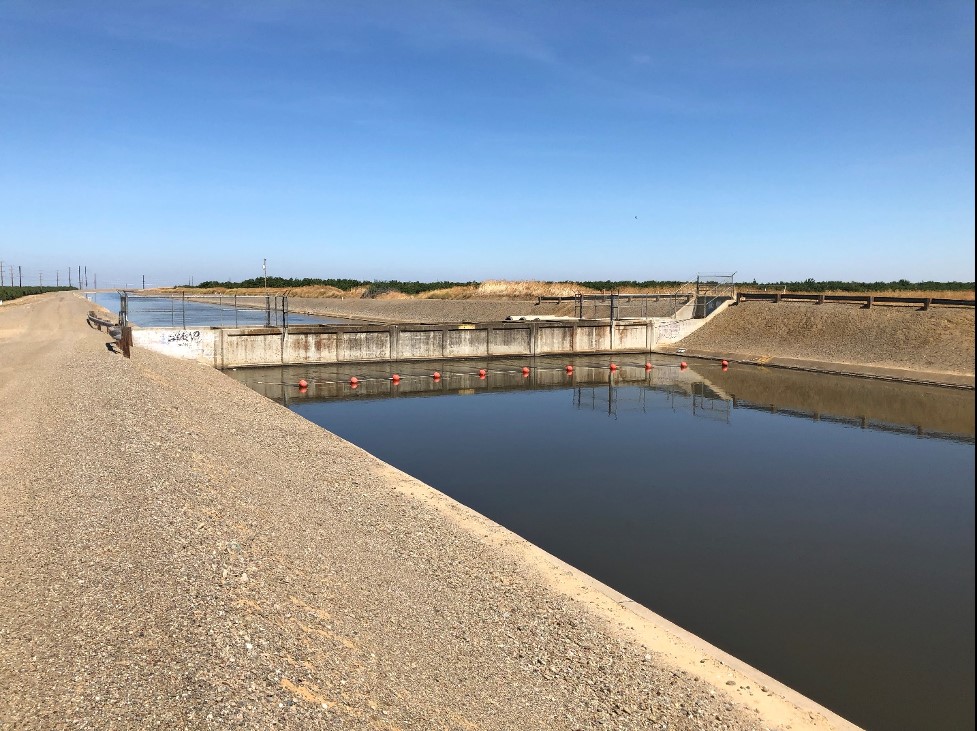
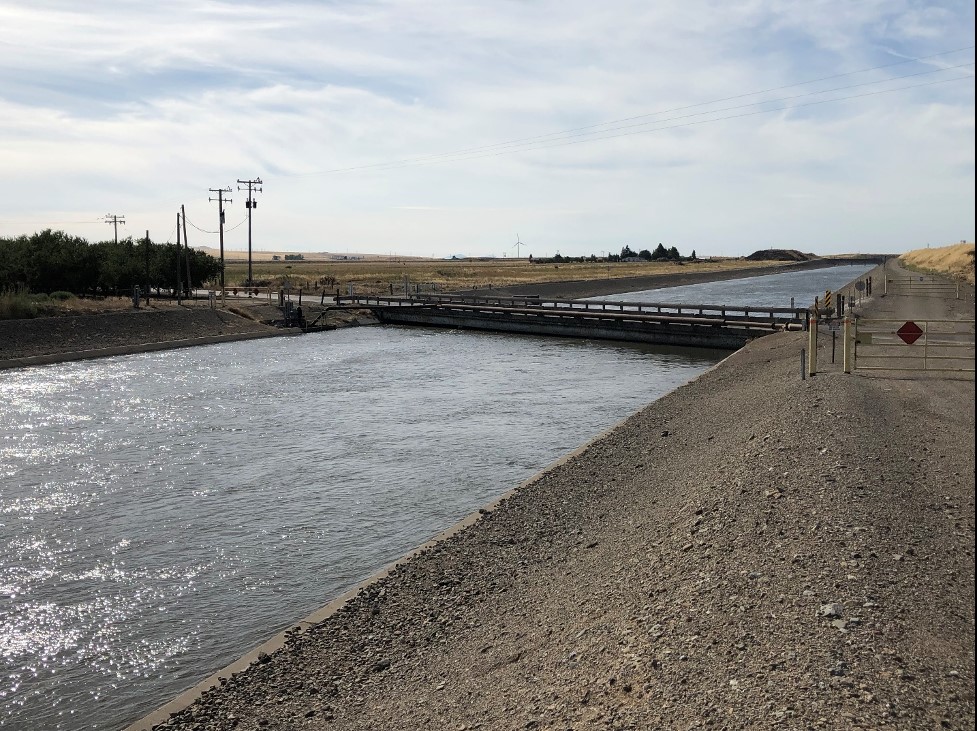
Fifty-nine years ago, the San Luis Reservoir jumpstarted the growth of California’s economy. With the growing demand for Central Valley-grown food comes a responsibility to invest in the vital infrastructure that brings water to our farms, communities, and to the environment. That’s the reason Westlands is proud to be among the broad coalition supporting Senate Bill 559.
The John F. Kennedy Presidential Library and Museum has posted photos from the groundbreaking in 1962, as well as President Kennedy’s notes and remarks from the visit. For more information about Senate Bill 559, please click here.
